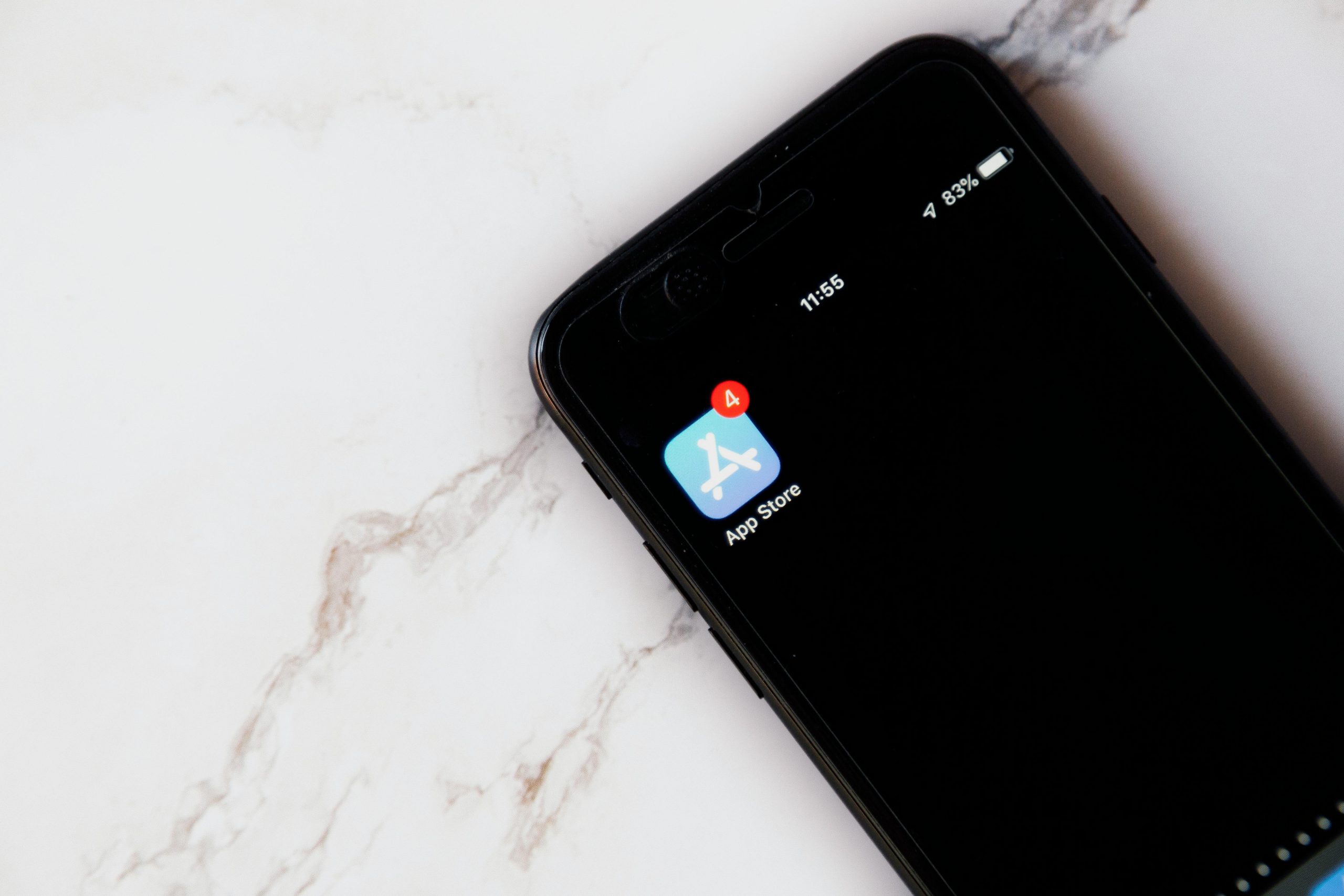Ever spent an entire weekend fixing your website after a minor server crash wiped out customer data? Yeah, it’s the stuff of nightmares. Add GDPR fines into the mix, and you’ve officially entered “business meltdown” territory.
In this guide, we’ll explore how fault tolerance in cybersecurity ensures that even when things go wrong (and they WILL), your data stays safe—and GDPR-compliant. We’ll break down why fault tolerance matters, actionable strategies to implement it, and real-world examples that demonstrate its power. Ready?
Table of Contents
- Why Fault Tolerance Matters for GDPR Compliance
- How to Build Fault Tolerant Systems [Step-by-Step]
- Best Practices for Maintaining Fault Tolerance
- Real-World Success Stories
- FAQs About Fault Tolerance & GDPR Updates
Key Takeaways
- Fault tolerance minimizes downtime during system failures—a must for GDPR compliance.
- Data redundancy and automatic failover systems are essential components of fault-tolerant architecture.
- Regular audits and proactive monitoring keep your fault-tolerant setup running smoothly.
Why Fault Tolerance Matters for GDPR Compliance

Picture this: You’re managing sensitive personal data under the General Data Protection Regulation (GDPR). Suddenly, one of your servers crashes mid-update. If your system isn’t designed with fault tolerance in mind, you risk losing critical information—or worse, exposing it to unauthorized users. That could trigger hefty penalties of up to €20 million or 4% of annual revenue!
Optimist You: “Fault tolerance sounds complicated but totally worth it.”
Grumpy You: “Yeah, until you realize setting it up requires reading 300-page manuals written by engineers who hate joy.”
How to Build Fault Tolerant Systems [Step-by-Step]
- Implement Redundancy: Store copies of your data across multiple physical locations. This can include backup servers, cloud storage solutions, or distributed databases like Apache Cassandra.
- Use Load Balancers: Route incoming traffic efficiently so no single component bears too much load. Tools like AWS Elastic Load Balancing help distribute work evenly.
- Add Automatic Failover Mechanisms: Configure systems to automatically switch to backup resources if primary ones fail. Services like Google Cloud’s Managed Instance Groups make this seamless.

Best Practices for Maintaining Fault Tolerance
- Regularly test your backups—are they actually recoverable?
- Monitor server health using tools like Nagios or Datadog.
- Ensure your team knows how to respond quickly to faults—run drills regularly.
Note: Don’t forget to update anti-virus software, firewalls, and any other security layers alongside these steps. A chain is only as strong as its weakest link!
![]()
Real-World Success Stories
Let’s talk about Stripe, everyone’s favorite payment processing giant. When their API went down briefly due to a DNS issue, Stripe’s robust fault-tolerant architecture kicked in immediately. Traffic rerouted through secondary servers without customers noticing. Zero downtime equals zero angry clients—and certainly ZERO GDPR complaints.
On the flip side, there’s Equifax. Their infamous 2017 breach exposed 147 million records because they lacked proper fault tolerance measures. Lesson learned? Always prepare for Murphy’s Law—it WILL happen.
FAQs About Fault Tolerance & GDPR Updates
What happens if my business ignores fault tolerance?
You might think cutting corners saves money, but trust us, GDPR fines hurt more than investing upfront in tech. Oh, and bad PR? Chef’s kiss.
Do small businesses need fault tolerance?
Absolutely. Even micro-enterprises handle customer data, which makes them equally liable for breaches. Think of it as cyber insurance.
Can I set up fault tolerance on a budget?
Yes! Open-source tools like Kubernetes offer cost-effective ways to manage scalability and resilience. Just don’t skimp on testing!
Conclusion
Fault tolerance isn’t just a buzzword—it’s your shield against chaos in the digital age. Whether you’re handling GDPR update alerts or safeguarding everyday operations, building resilient systems is non-negotiable. So grab another cup of coffee and let technology do the heavy lifting for once.
And remember:
Like a Tamagotchi, your fault-tolerant infrastructure thrives on daily care. Feed it, nurture it, and watch it save the day… repeatedly.


